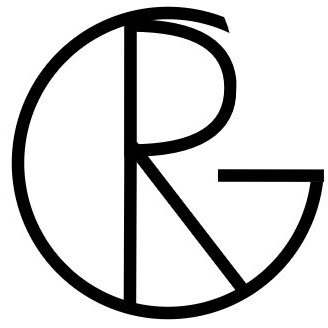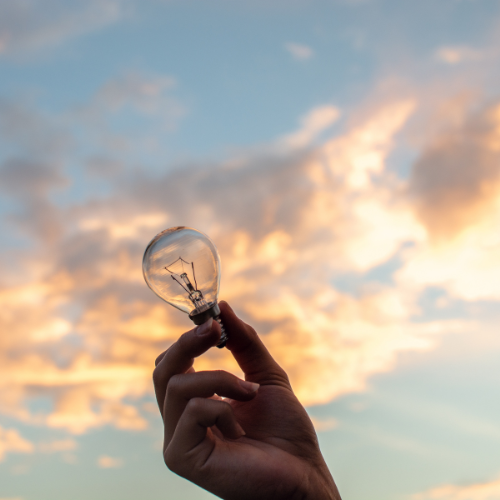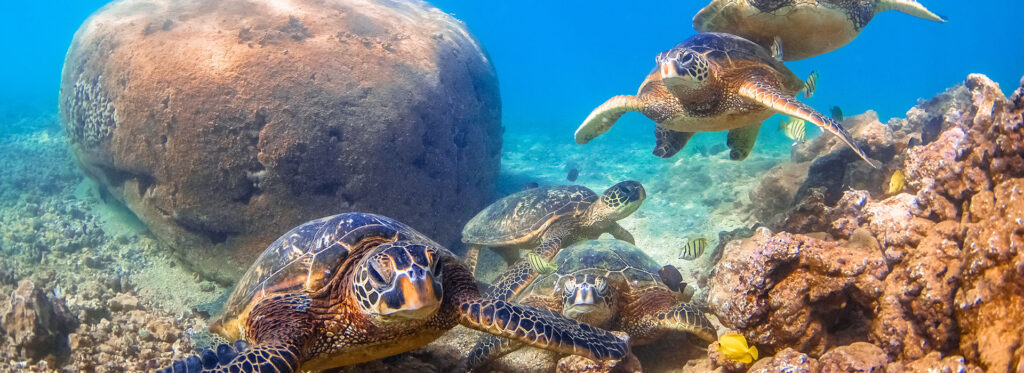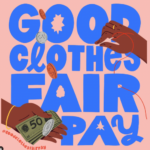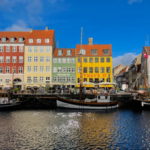Amidst growing environmental concerns and a heightened awareness of social responsibility, the need for sustainable fashion has never been more urgent. At the forefront of this movement lies innovation, which is a powerful catalyst in changing the fashion industry for the better.
The traditional fashion industry has been heavily associated with a linear, resource-intensive model that prioritizes mass production and rapid consumption, which has a detrimental impact on the environment and society.
Innovations challenge the status quo and open up a realm of possibilities for a greener, more sustainable, and ethical future. They are reshaping the way in which garments are produced. Moreover, innovations foster transparency and traceability by introducing new technologies promoting greater corporate responsibility and accountability.
As mentioned in my previous post, I attended the Global Fashion Summit in Copenhagen. Next to the interesting discussions and engaging panel talks, the Summit also provided The Innovation Forum, where many organizations had the opportunity to introduce their innovations to the attendees.
I had the opportunity to learn about many leading sustainable solutions for fashion. So in this post, I thought it would be interesting to look at some of the organizations.
DESSERTO®
It is an alternative leather made from the Nopal cactus, also known as the prickly pear. It is a more ethical alternative than leather since no animals are harmed. In addition, cultivation is much more sustainable than other materials such as cotton. For example, they only cut the mature leaves of the cactus plant, so it can continue to grow. Therefore, Adriano Di Marti only needs to plant new cacti once every 8 years, compared to the other plants that must be harvested and cultivated yearly.
Moreover, the cultivation of the Nopal cactus uses only 200 liters of water to produce one kilogram of raw material compared to the 1000 liters of water for cotton. Additionally, the cactus has the ability to capture carbon from the atmosphere. With Adriano Di Marti’s 14 acres, they are able to absorb 8.100 tons of CO2 a year.
The leather has a similar feel to leather made from animals and comes in several colors. It is a very good alternative to leather, and I hope to see it more in the future.
For more information on DESSERTO®, click here.
Or read my previous post where I discussed DESSERTO® extensively.
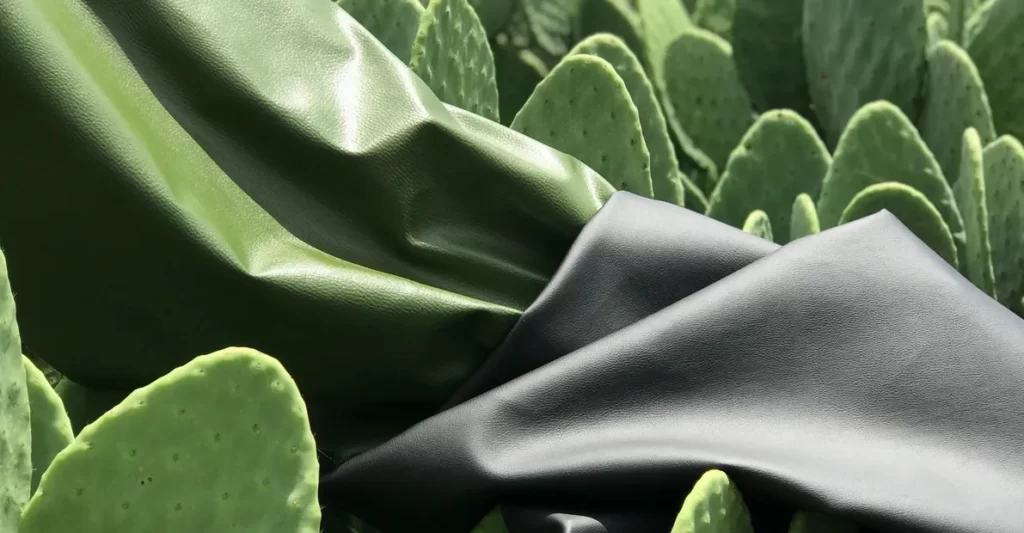
Carbonfact
Carbonfact is a Carbon Management Platform specifically designed to address the fashion industry’s environmental impact. By partnering with fashion brands and manufacturers, Carbonfact helps them discover the exact sources of their environmental impact and reduce their footprint.
Carbonfact runs Life Cycle Assessments (LCAs) for a brand’s products. The engine uses the internationally recognized ISO 14040 norm, which sets the standard for assessing the life cycle of products. In addition to ISO 14040, Carbonfact leverages the widely accepted GHG protocol, an international standard for corporate accounting and reporting of greenhouse gas emissions. Furthermore, Carbonfact aligns with the European Commission’s PEF standard, a comprehensive EU framework for measuring environmental performance. By using these standards, Carbonfact ensures accuracy and transparency when assessing the environmental impact, ensuring optimal solutions.
Given the fashion industry’s substantial contribution to global carbon emissions, Carbonfact plays a pivotal role in driving change. By providing fashion brands and manufacturers with deeper insights and data-driven solutions, the platform simplifies the transition to more sustainable practices. It is therefore no surprise that this innovation caught my attention.
Interested in Carbonfact? Take a look at their website.
TEXAID
Texaid is a Swiss company specializing in collecting, sorting, and recycling used textiles.
Texaid was founded in 1978 and has become a leading player in the textile recycling industry, promoting sustainability and circular economy principles. The company operates throughout Switzerland, as well as in other European countries.
Texaid’s main objective is to give a second life to used textiles by diverting them from landfills and transforming them into valuable resources. The company provides collection containers and organizes textile collection systems in various communities, making it convenient for people to dispose of their unwanted clothing and textiles.
These collections take place through partnerships with municipalities, retail stores, and other organizations.
Once collected, the textiles undergo a sorting process at Texaid’s facilities. The sorting involves separating items based on their quality, material type, and potential for reuse. Wearable clothing is prepared for resale in second-hand markets, both locally and globally. Textiles that do not meet the quality standards for direct reuse are recycled into new materials or repurposed for various industrial applications, such as insulation or cleaning cloths.
Texaid plays a crucial role in reducing textile waste and minimizing the fashion industry’s environmental impact. By extending the lifecycle of textiles and promoting responsible consumption, the company contributes to the conservation of natural resources, the reduction of greenhouse gas emissions, and the overall promotion of a circular economy.
Want to learn more about Texaid? Please visit their website.
OEKO-TEX®
If you have been a reader for some time, you have definitely seen the OEKO-TEX® mentioned in some of my articles.
OEKO-TEX® is an independent international certification system for textiles and related products. Established in 1992, OEKO-TEX® aims to ensure that textiles are tested for harmful substances and produced environmentally and socially responsible. The OEKO-TEX® Standard 100 is the most well-known certification within the system.
The OEKO-TEX® Standard 100 certification guarantees that textiles have been tested at every stage of production for harmful substances, including chemicals that are known or suspected to be harmful to human health. It covers a wide range of substances, such as heavy metals, pesticides, formaldehyde, and phthalates, among others. Products that meet the requirements are awarded the OEKO-TEX® label, providing consumers with confidence that the textiles they purchase are safe and free from harmful chemicals.
In addition to the OEKO-TEX® Standard 100, the organization offers other certifications that focus on ecological and sustainable production processes such as the OEKO-TEX® Standard 1000 ensures that the entire textile production chain meets strict environmental criteria, including factors such as water and energy consumption, waste management, and compliance with social standards.
Other certifications of OEKO-TEX® are OEKO-TEX® Leather Standard, OEKO-TEX® Organic Cotton, and OEKO-TEX® Made in Green.
The certifications help businesses demonstrate their commitment to consumer safety and sustainable practices.
Want to learn more about Oeko-Tex and its certifications? Please visit the website.
InResST®
InResST® is an eco-conscious company specializing in conducting research, development, production, and promotion of ocean plastics for textile use, all while maintaining low-carbon practices.
The company uses ghost fishing nets, which are fishing nets at the end of their life cycle, and recycles them into nylon which can then be used for yarns and fabrics.
The process of InResST® consists of four steps. The first is to gather the ghost nets, which they do by purchasing the nets from fishery participants. These nets are then recycled and turned into Chips. The Chips are then processed into yarn and polymers in zero-carbon factories. The yarns of recycled nylon can then be used in clothing, household items, toys, and other products.
Want to learn more about InResST®? Please visit their website.
Other Organizations
If you would like to read about more organizations that attended the Innovation Forum during the Global Fashion Agenda, please click here.
